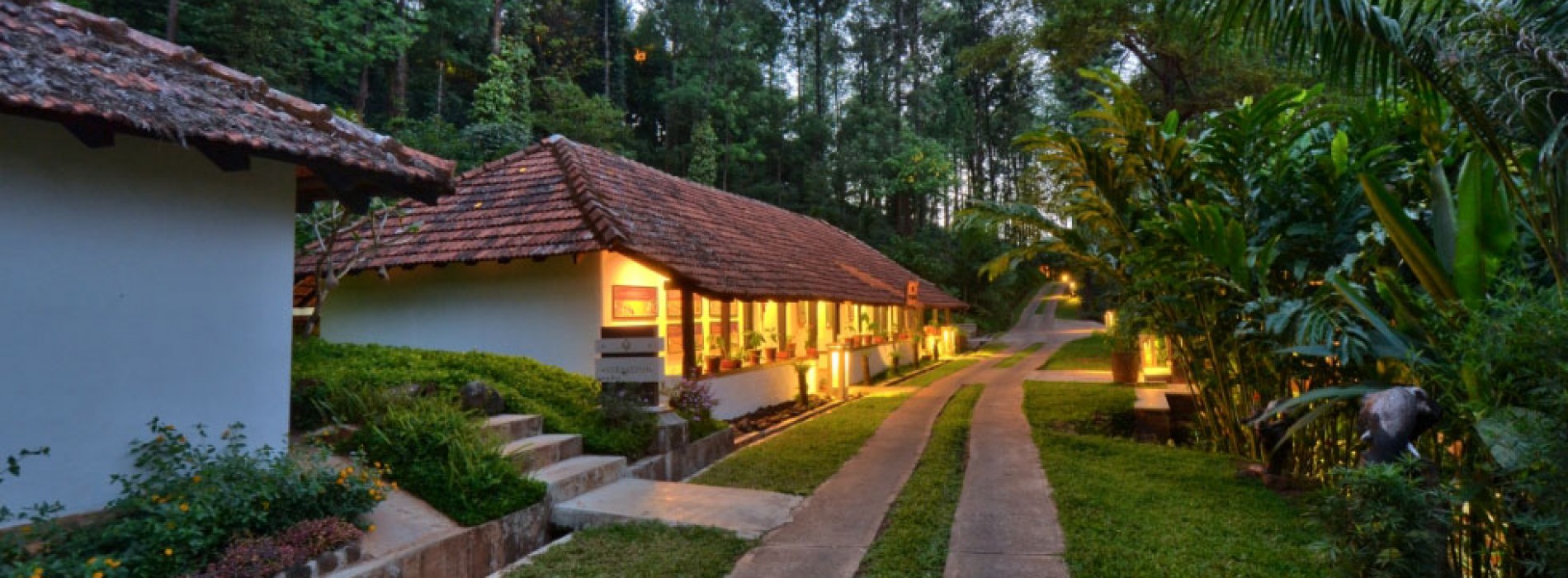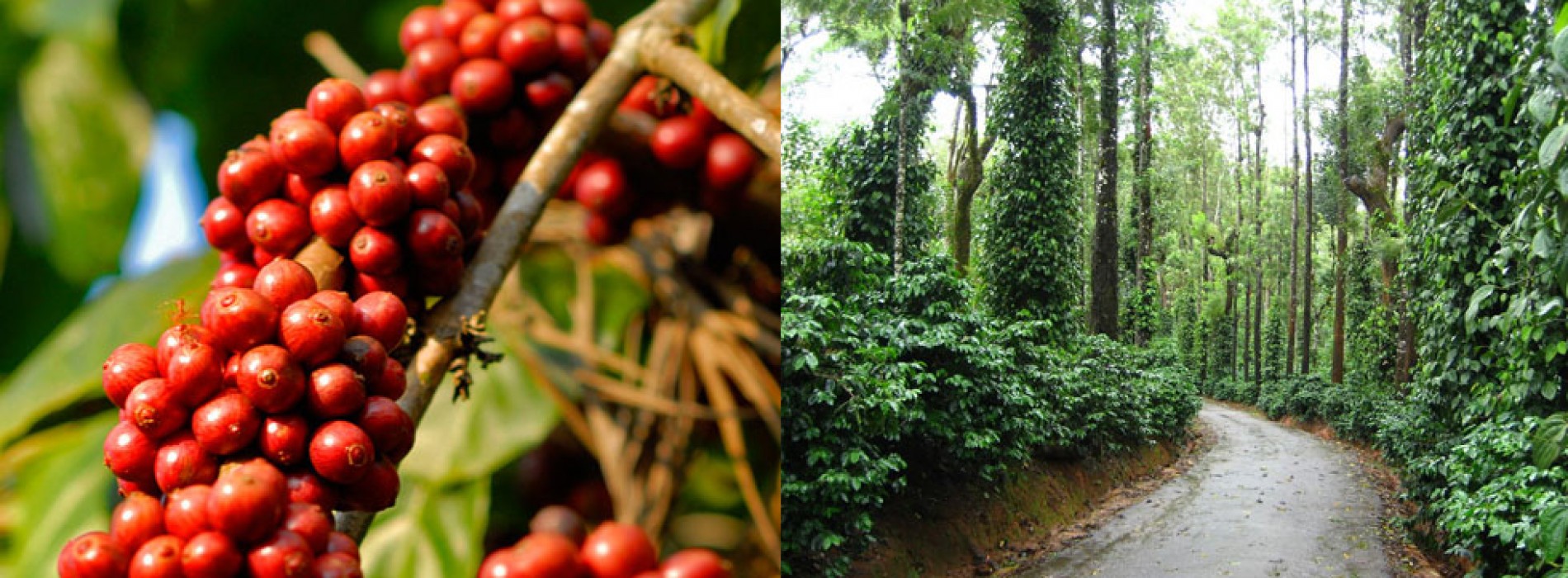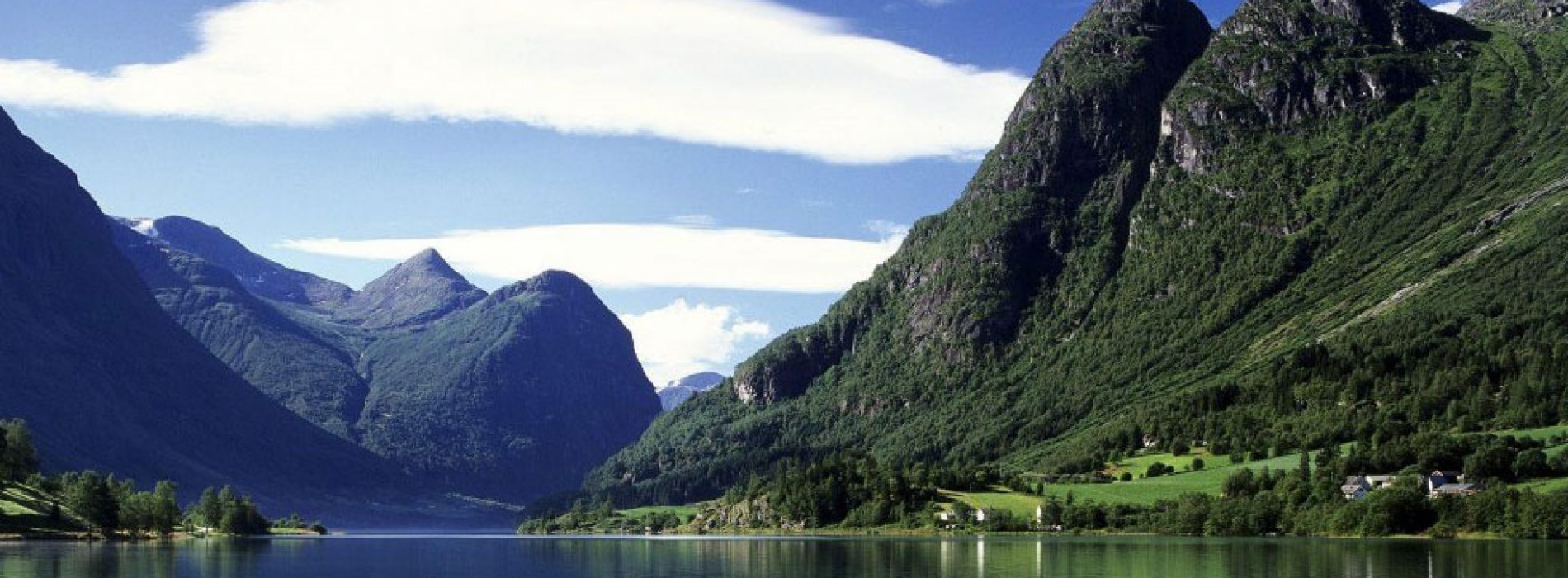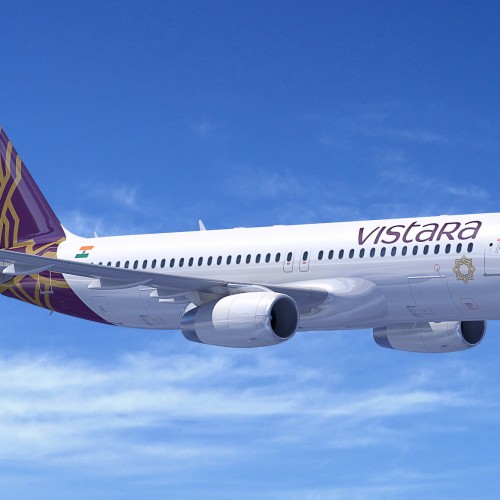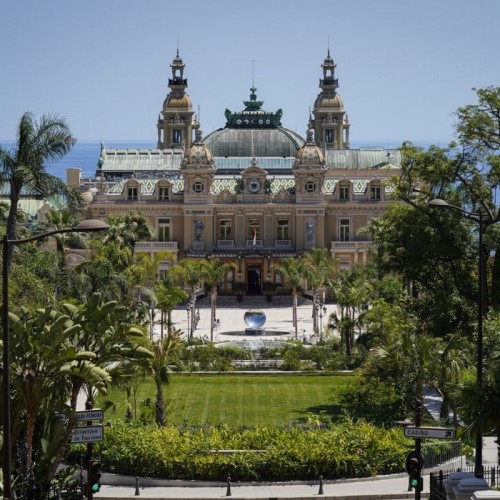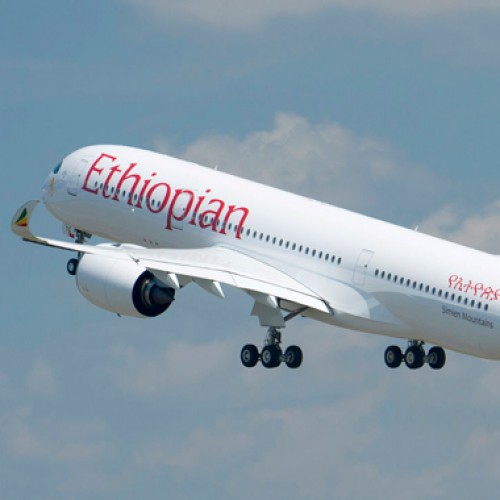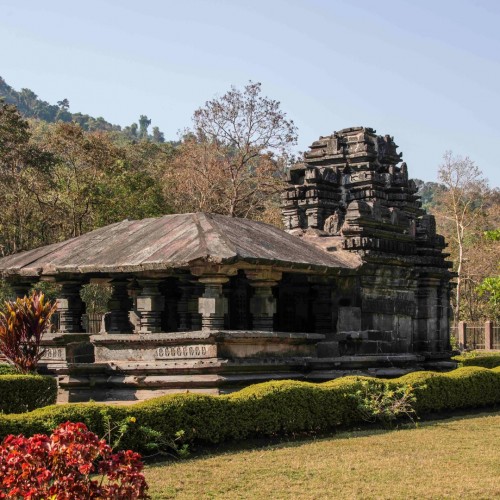IN THE LAP OF NATURE
Ever heard of the Scotland of India or the Kashmir of South India? There are a few more though, like the land of brave soldiers or a bowl of coffee and a place bearing so many nicknames, of course, tops the list of a traveller’s wanderlust.
The destination of our subject is Coorg or Kodagu, the smallest district of Karnataka, which has always been a fascination for travelers all over the country and even abroad, in the recent years. As one looks back in time and travels down the memory lane, its majestic hills, serene weather, picturesque beauty, and flourishing coffee estate perhaps did the trick in tempting the British to set up their homes in the lap of its mountains. As the Western civilization, at the peak of their grandeur at that time, settled in Coorg, they could not help but compare this incomparable land to that of Scotland, as both places enjoy the same hilly terrain and weather.
Geographically, Coorg is situated at 1,140 metres above sea level and boasts of wonderful forests, huge coffee estates, scenic hills, numerous falls, famous temples and trekking places. What more does a traveler need on offer?
Thus on this high enthusiastic note began my journey by flight from Delhi to Mangalore and then on to Coorg by road, to check what the ‘Scotland of India’ had to offer in reality. Around 11 AM in the morning, we landed at Mangalore airport. The first question to the driver sent to meet us at Mangalore airport was how much time it would take to reach Coorg. He informed that it is just 131 km, but it takes at least four to five hours as the roads have many curves and turns.
With coconut and nut trees along one side for as far as the eye could see, the road journey from Mangalore to Coorg is one that comes rarely and for a traveler having treaded this path once becomes a memory for a lifetime! Then comes lush green coffee estates and shimmering streams. However, the ascending roads, with many twists and turns may prove to be quite exhaustive. At around 3 PM in the evening, we entered the periphery of Coorg and alas, what a sigh of relief it was!
On our way, our driver, who was Coorgi, informed a number of interesting things about Coorg and its inhabitants. Even though Coorg is situated in the very heart of South India, it bears no resemblance to this part of the country, or for that matter to any part of India. It came as a surprise to me when I learned that people here don’t worship any God, but only their ancestors. They don’t worship idols but their weapons; they don’t celebrate Diwali, Eid or Christmas, they celebrate just three festivals, including Huttari (harvest festival); they don’t wear the traditional attire of South India; and they relish pork dishes. And all of this in the very heart of South India.
The irony doesn’t end here, the list is long but perhaps the most amusing is the fact that despite being extremely peace loving people, every house owns a gun or two. And the land has produced some of the finest soldiers, including Field Marshal K M Cariappa and General K S Thimayya. All in all, the place is very much different from rest of India in terms of culture, food habits, dress and even looks.
Coorg is not name of a city but of a district surrounded by Mysore, Mangalore and Bangalore. Virajpet, Medikeri and Pollibetta are its main city.
Around 4 pm, I finally reached in The Tamara Coorg (Madekeri Taluk)- a luxury resort and my home for the next two days. As I took a refreshing welcome drink, sitting in the hut-like reception area, I felt extremely re- laxed, an indication of the days to follow.
Located in 170 acres of lush greenery, the resort grows its own coffee, cardamom and pepper, along with several rare plants, and also produces honey. The resort has 56 luxury cottages surrounded by hills and sparkling streams.
Our cottage had generous living areas, outfitted with modernistic furnishings including plush four-seater futons, LED television sets, king-size beds, comfortable lounge chairs and board games for recreation and pull-out mountain view balconies.
By the time we settled in, it was almost dark and the manager of the resort suggested that we try some fresh coffee and snacks from the coffee shop — The Verandah. He then offered me the chance to drink “my own prepared coffee”. Of course, I agreed. It was next arranged that we visit a coffee estate and see how it was really prepared.
After having the light snacks, tired from a long journey, we preferred for early dinner. The resort has eclectic dining options including The Falls, the multi-cuisine restaurant and The Deck, the resort’s lounge bar. The resort’s executive chef, Ranjan Samal informed that Coorg is not only popular for its picturesque beauty but also for its cuisine. In dinner he cooked some of the famous Coorgis dishes like Pandi curry (pork) and Akki Rotti (a chatpattilike pancake made from cooked rice and rice flour), as well as Nooputtu (rice).
The next morning turned out to be quite a mesmerizing one. For city dweller like me, watching rare birds perched atop tall trees in front of my cottage window was a rare treat. They infused colours into the surroundings, making for a perfect picture-postcard scene.
Then it was a turn to learn how coffee is prepared? Our guide for the coffee plantation was a 25-year-old boy, who was not only expert in coffee plants but also on cardamom, pepper and other produce. He informed the difference between coffee varieties like Arabica and Robusta. Arabica plants are small in height but their beans are larger in size, while Robusta plants are tall but with small beans. He also told how the coffee bean was actually the seed inside a berry that would be dried, roasted and ground before being used as coffee. Our next class was held at the café where he gave us raw coffee beans for us to prepare a brew. And trust me it was the best coffee I ever tasted.
After our first-hand experience with coffee, it was time to explore the places nearby. Coorg is quite rich in terms of sightseeing. Two of the biggest falls in Coorg are Abbey Falls and Iruppu Falls, but we preferred the latter, given its proximity to our resort and its picturesque setting. If one has any liking for wildlife, Coorg has a lot more to offer. Rajiv Gandhi National Park houses tiger, jungle bison, sloth bear and the Asiatic elephant.
The Namdroling Nyingmapa Monastery (Golden Temple) is also very popular among tourists. It is a holy place for Tibetan. The temple is calm and people could be seen mediating here. Two days stay in Coorg gave us a thought that Coorg was a haven where one could escape from the humdrum of daily life.
You might also like
Vistara plans services to Sri Lanka, Maldives and Thailand
With an aim to attract the leisure travellers out of India, Vistara plans to connect Sri Lanka and Maldives from Delhi and Thailand from Delhi and Kolkata before October this
Why Monaco Should Be at the Top of Your Bucket List
As we have all seen, life as we know it can come to a sudden and grinding halt. You never know what’s around the corner. So why wait until tomorrow,
Madagascar to Join Ethiopian’s Vast Intra-African Network
Africa’s largest airline group, Ethiopian Airlines, is pleased to announce that it will add Antananarivo, Madagascar to its network as of 28 March 2017. Madagascar will join the ever expanding

